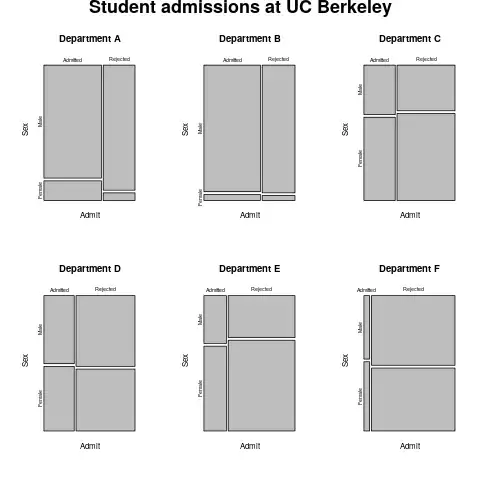I am very new to Chi square goodness of fit tests but have done a fair bit of research. Basically, I have the following 12 data points:
7392, 7656, 7241, 6164, 4984, 4664, 15262, 17053, 21814, 5094, 4581, 10500.
And I would like to test the assumption that a Lognormal($\mu$=9.11,$\sigma$=0.51) is a good fit to this data.
I have some output from the program "Igloo", which states that the Chi square statistic is 3.10. I am struggling to derive this number. I know there are a number of ways to define e.g. the size and location of the "bins", the expected frequencies, etc.
The other information from Igloo is that the number of bins chosen is 3. That's all! I am struggling to justify using 3 bins, and struggling to find the size that the 3 bins should be! If I can't replicate the 3.1, then a method which gets close to this answer would suffice.
Any help on this would be greatly appreciated. I appreciate it is a very vague question.
